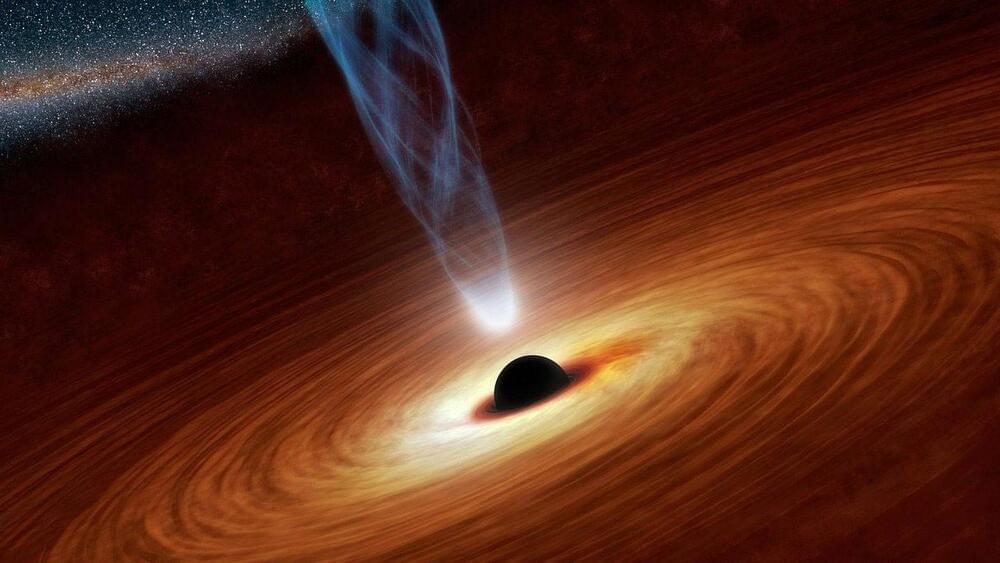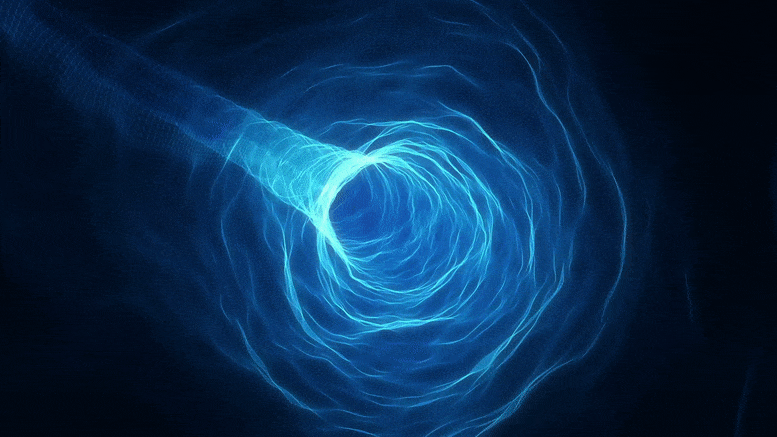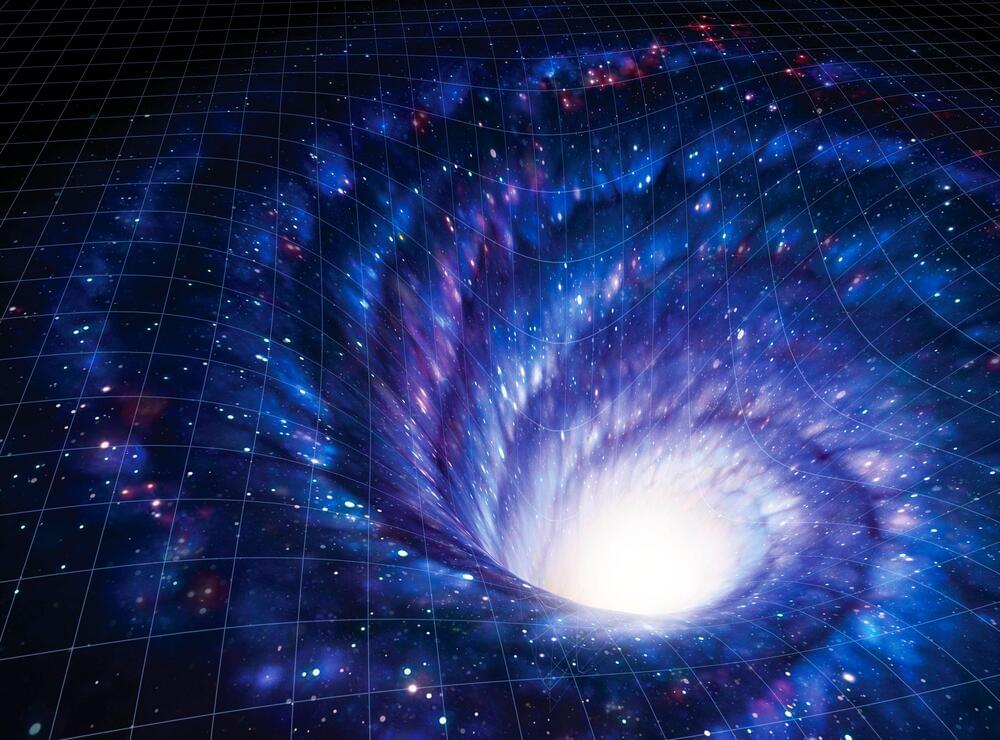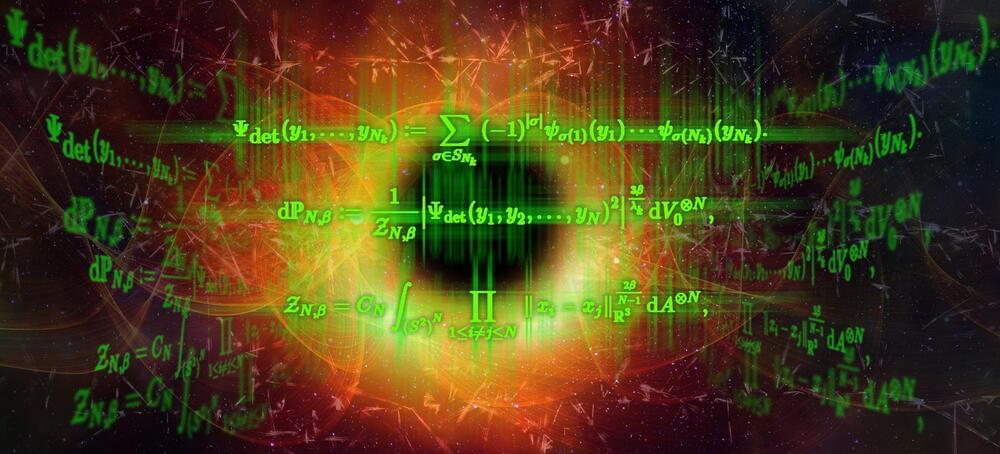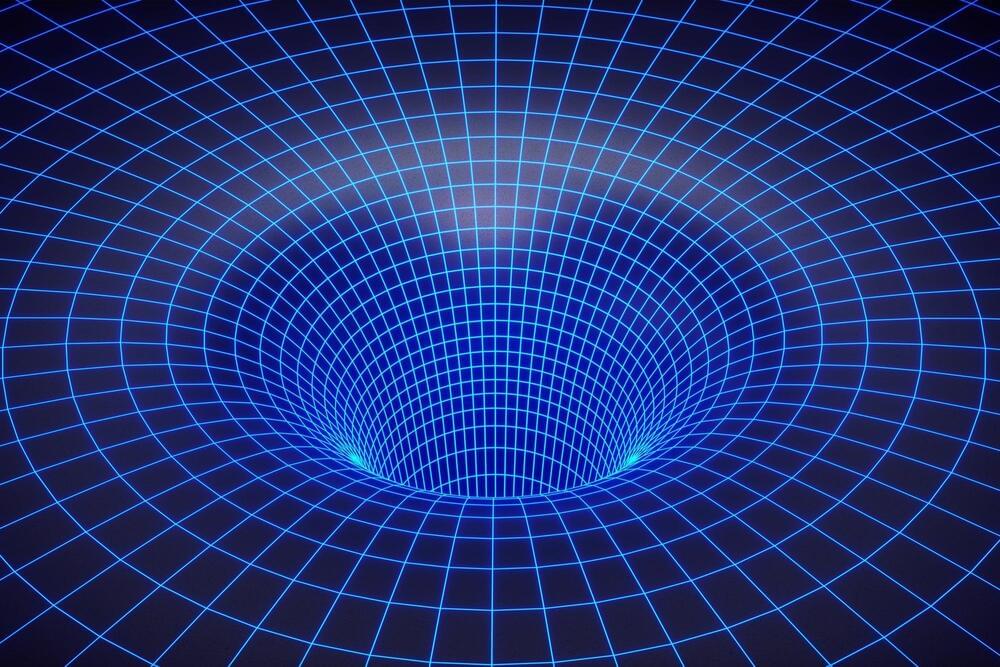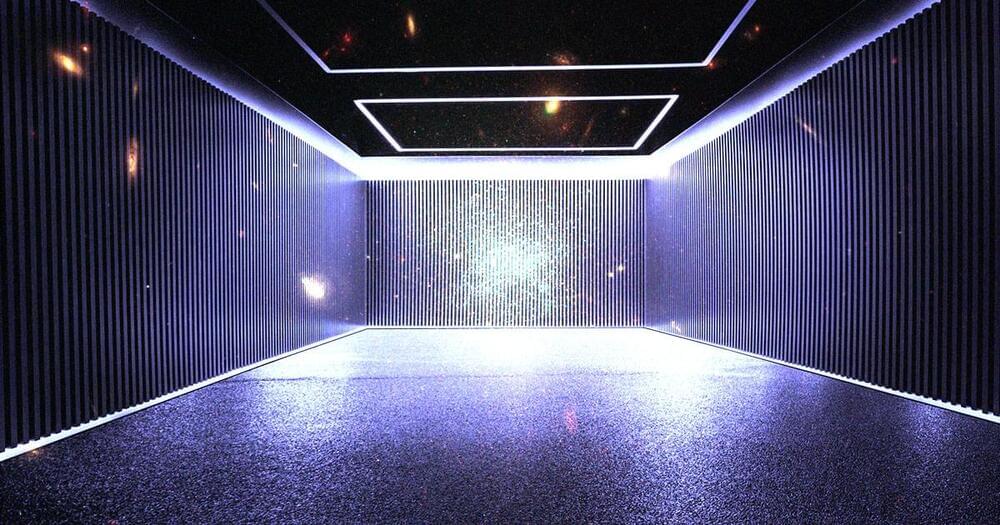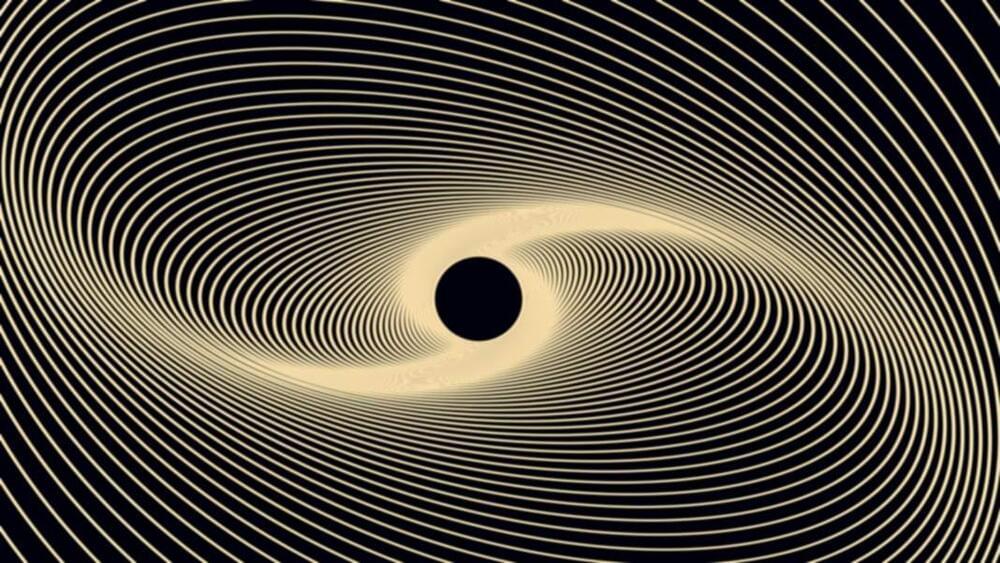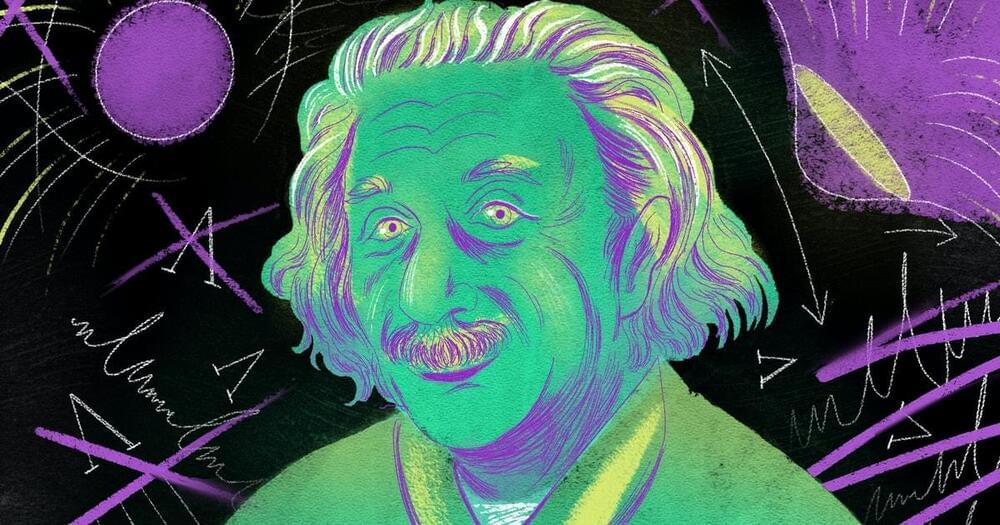Mar 18, 2022
Stephen Hawking’s famous black hole paradox solved
Posted by Shubham Ghosh Roy in categories: cosmology, quantum physics
If the black hole evaporates entirely, physical information would permanently disappear in a black hole. However, this violates a core precept of quantum physics: the information cannot vanish from the Universe.
A new study by an international quartet of physicists suggests that black holes are more complex than originally understood. They have a gravitational field that, at the quantum level, encodes information about how they were formed.
The research team includes Professor Xavier Calmet from the University of Sussex School of Mathematical and Physical Sciences, Professor Roberto Casadio (INFN, University of Bologna), Professor Stephen Hsu (Michigan State University), along with Ph.D. student Folkert Kuipers (University of Sussex). Their study significantly improves understanding of black holes and resolves a problem that has confounded scientists for nearly half a century; the black hole information paradox.
